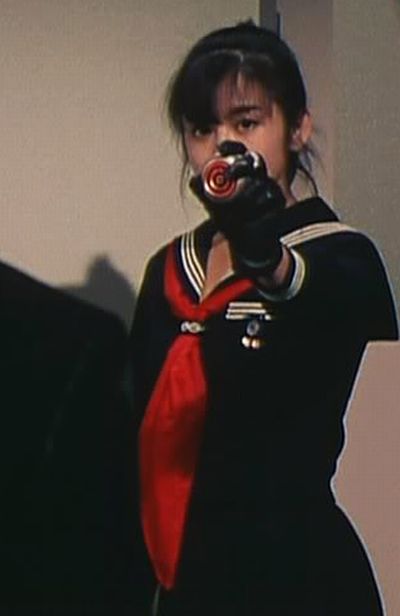★★★
“The beginning of the end.”
 The makers go the Twilight and Harry Potter route here, dividing up the final entry of the series into two parts – presumably so as to maximize revenue. I can’t say how justifiable that is, or how this entry relates to its inspiration, because unlike the other two films. I have not yet read the last book. With this being a “half adaptation”, I didn’t want to end up getting ahead of myself, though I’ll probably end up doing so between now and when the second half comes out, in November. What was notable – and somewhat disappointing – is how passive heroine Katniss Everdeen (Lawrence) had become. After spending the first two movies taking the battle to those who sought to repress her, albeit more by accident after her sister was unfortunately selected for the Hunger Games, we left her having escaped the system’s clutches and flying to the legendary District 13, not quite as destroyed as she thought. Here, we discover they had retreated underground, and were now continuing to foment revolt against Panem. They want Katniss to be the figurehead for their rebellion.
The makers go the Twilight and Harry Potter route here, dividing up the final entry of the series into two parts – presumably so as to maximize revenue. I can’t say how justifiable that is, or how this entry relates to its inspiration, because unlike the other two films. I have not yet read the last book. With this being a “half adaptation”, I didn’t want to end up getting ahead of myself, though I’ll probably end up doing so between now and when the second half comes out, in November. What was notable – and somewhat disappointing – is how passive heroine Katniss Everdeen (Lawrence) had become. After spending the first two movies taking the battle to those who sought to repress her, albeit more by accident after her sister was unfortunately selected for the Hunger Games, we left her having escaped the system’s clutches and flying to the legendary District 13, not quite as destroyed as she thought. Here, we discover they had retreated underground, and were now continuing to foment revolt against Panem. They want Katniss to be the figurehead for their rebellion.
And that’s the key word here: figurehead. Outside of a morale-boosting trip to a hospital, which goes horribly wrong, she doesn’t do much [as an aside, I was left wondering if those running the rebels knew or expected the trip’s repercussions, but did so deliberately that they could exploit the consequences for their own ends]. For instance, there’s a rescue mission sent into the capital to retrieve Peeta (Hutcherson), but Katniss stays at home – instead, it’s led by the other corner of that love triangle, Gale (Hemsworth). About the only sequence with any protracted sense of danger is when she’s running around the rebels’ complex, trying to find her little sister and their cat, before a government bombing raid reduces everything outside the deepest levels to rubble. While somewhat reminiscent of Ripley going off to look for Newt at the end of Aliens, it really isn’t anything like a substitute for the linear and more effective approach taken in the first two films. As noted, however, it’s probably unfair to judge this as a standalone film, and it should really be seen as the first half of a single, four-hour epic. I trust the remainder will take care of the action shortcomings here.
What works well, is the increasing awareness of, for want of a better phrase, shit getting real. This isn’t a televised spectacle any more, whose impact is limited to those about whom Katniss cares: it’s much broader in scope, and you can see the weight hanging on our heroine’s shoulders. Credit also due here to Julianne Moore as President of the rebels, Alma Coin, who has an over-arching world view that Katniss can’t quite see initially. But by the end of it, you get the sense she has become rather more pragmatic and realistic about the situation. Later this year, we’ll see how the whole saga wraps up, and I’m just hoping it’s more Lord of the Rings than The Matrix in terms of series finales. It has already reconstructed the landscape for action heroines, showing they can hold their own and appeal to a broad audience. But we still need the last installment to be a rousing success, both financially and critically, to keep pushing the genre forward into 2016, and beyond.
Dir: Francis Lawrence
Star: Jennifer Lawrence, Josh Hutcherson, Liam Hemsworth, Woody Harrelson





















